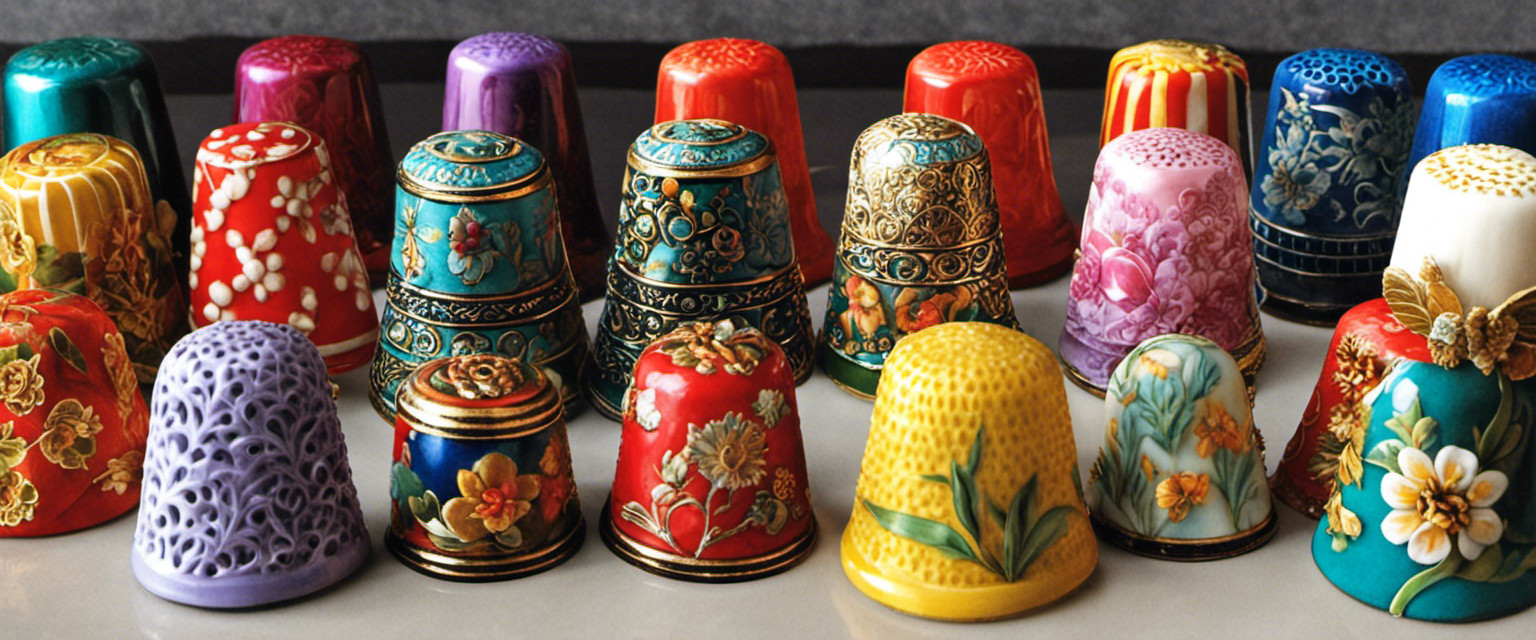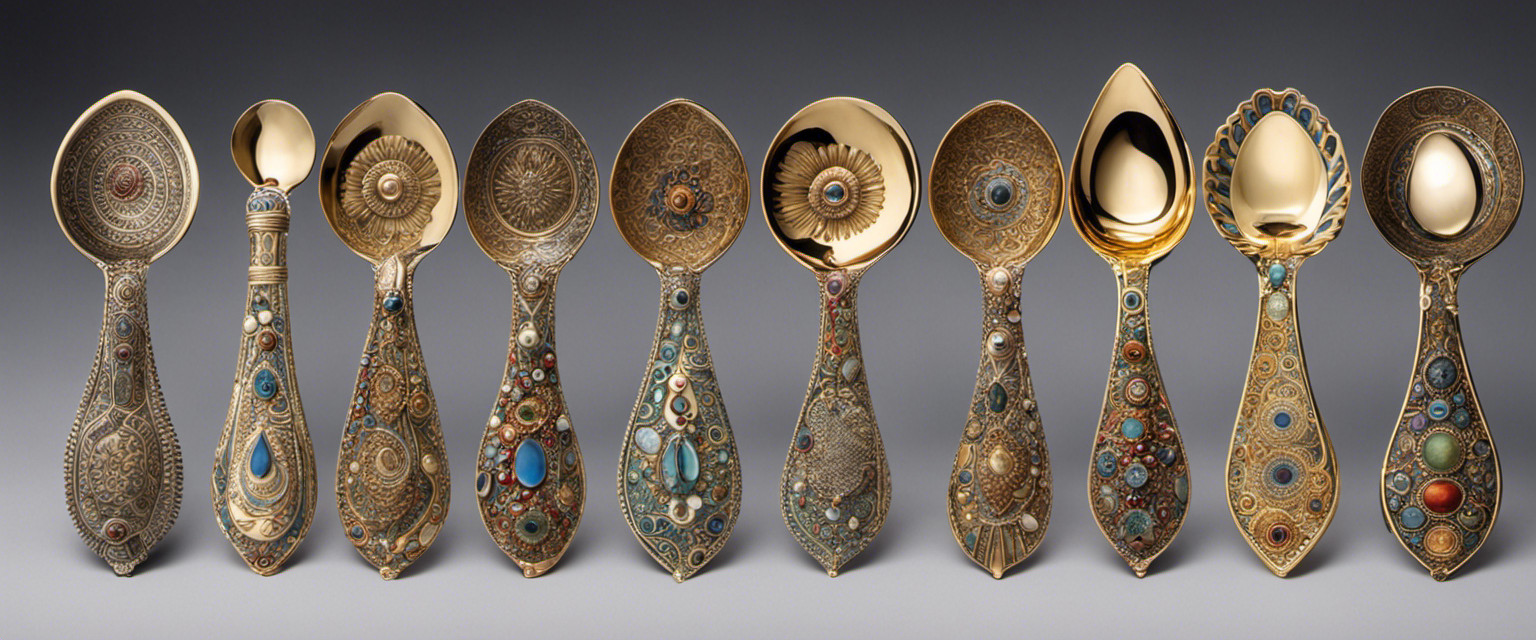Vinyl record collecting, a seemingly trivial pursuit to some, holds an abundance of knowledge waiting to be discovered. This article delves into the depths of this niche hobby, offering insights that may seem useless at first glance but ultimately prove valuable in enhancing one’s vinyl collecting experience.
Focused on historical context, proper cleaning techniques, and effective storage methods for vinyl records, this article caters to an audience seeking comprehensive information and a sense of liberation within their vinyl collection endeavors.
Vinyl Record Collecting History
Vinyl records, also known as phonograph records, have a rich and fascinating history that dates back to the late 19th century. The origins of vinyl records can be traced back to Thomas Edison’s invention of the phonograph in 1877, which used cylinders made of wax or tin foil to reproduce sound.
However, it was not until Emile Berliner introduced the flat disc record in the early 20th century that vinyl became a popular medium for music distribution. Vinyl records revolutionized the music industry by providing a more durable and convenient format for listening to music.
Their impact on the industry extends beyond their longevity; they influenced the way music was produced and consumed, from shaping album artwork to dictating track lengths and creating new possibilities for artistic expression through different musical formats.
Origins of Vinyl Records
The origins of vinyl records can be traced back to the late 19th century when Emile Berliner introduced the gramophone and disc record technology. This marked a significant milestone in the evolution of vinyl technology, as it replaced the previous cylinder-based recordings.
The production process of vinyl records involves cutting grooves onto a master disc, creating a negative mold, and then pressing vinyl pellets into the mold. These advancements in technology had a profound impact on the music industry.
Impact on Music Industry
The introduction of vinyl records and associated technology revolutionized the music industry, transforming the way music was recorded, distributed, and consumed.
In recent years, there has been a remarkable resurgence in vinyl record popularity, with collectors fueling this trend. Vinyl record collecting has become more than just a hobby; it is now a cultural phenomenon.
The allure lies not only in the unique sound quality and tactile experience but also in the nostalgia and freedom it represents to enthusiasts seeking an alternative to digital consumption.
Main Explanation: How to Properly Clean Vinyl Records
To properly clean vinyl records, it is recommended to use a record cleaning brush specifically designed for removing dust and debris from the grooves. This step is crucial in maintaining the quality and longevity of your vinyl collection.
Common cleaning mistakes include using abrasive materials or solvents that can damage the delicate surface of the record. By following proper cleaning techniques, you can ensure that your vinyl records remain in pristine condition for years to come.
Now let’s explore some tips for vinyl record storage{list}.
Tips for Vinyl Record Storage
Proper storage techniques contribute to the preservation of vinyl records and help maintain their sound quality over time. To ensure optimal storage conditions, it is important to avoid common vinyl record storage mistakes. Here are three tips for vinyl record organization and storage:
- Store records upright to prevent warping and damage.
- Keep records in sleeves or protective inner sleeves to minimize dust accumulation.
- Avoid exposing records to extreme temperatures and humidity levels that can cause deterioration.
Final Thoughts
In conclusion, implementing these storage techniques can greatly contribute to the longevity and sound quality of vinyl records.
The psychology behind vinyl record collecting is a fascinating subject that reveals the emotional attachment and nostalgia associated with this format.
Despite the rise of digital music, vinyl records have experienced a resurgence in popularity in the digital age.
This trend can be attributed to factors such as the tactile experience, unique sound quality, and a desire for authenticity among collectors and music enthusiasts.
Frequently Asked Questions
How Much Are Vinyl Records Worth?
The value of vinyl records is influenced by various factors such as rarity, condition, artist popularity, and demand. To determine their worth, collectors can refer to price guides, consult experts, or consider online marketplaces for comparable sales data.
Are All Vinyl Records Black?
Vinyl record color variations extend beyond the traditional black. Collectors avidly pursue rare colored vinyl records, which add visual appeal to their collections. These variations can range from translucent hues to vibrant splashes of color, enhancing the overall experience for enthusiasts.
Can Vinyl Records Be Recycled?
The environmental impact of vinyl record production and disposal is a concern. Innovative ways to repurpose vinyl records can help reduce waste. Exploring alternative uses for vinyl records contributes to sustainability efforts and promotes creative expression.
What Are the Most Valuable Vinyl Records?
Rare finds in vinyl record collecting can fetch significant value. For instance, the Beatles‘ White Album first pressing with a serial number below 0000005 is highly sought after by collectors. Limited editions also add allure to vinyl records, increasing their worth.
How Do I Know if a Vinyl Record Is in Good Condition?
Determining vinyl record quality involves assessing various factors. Common defects include scratches, warping, and groove wear. Inspecting the record’s surface, condition of the sleeve, and listening for pops or skips can help determine its overall condition.






